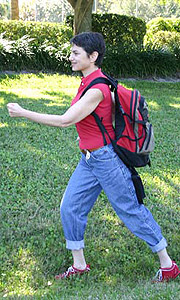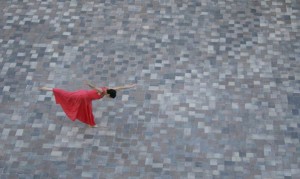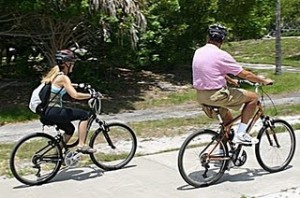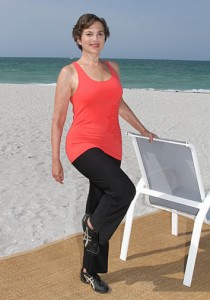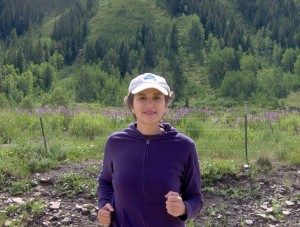Muscle fibers can become misaligned during normal movement. Our muscles produce chemical waste products when they work. These chemicals need to be eliminated so they don’t build up and cause aches and soreness. Also, as we age, are connective tissues; tendons and ligaments tend to shorten and become stiffer. That’s why we become shorter and less flexible as we grow older. These connective tissues require as much maintenance as our muscles do. Stretching helps maintain them.
Muscles can’t stretch themselves; they only know how to contract and relax.
In a perfect world that would be enough but the fact is relaxed muscles never completely relax because there are neurological receptors in our muscles and connective tissues that keep them poised for action like a race car at the starting line.
This is a good thing because it keeps us upright while standing and our heads from falling into our plates when we eat our dinner.
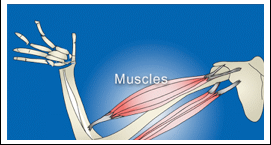
Muscles are bundles of protein fibers sort of like bunches of elastic celery. They are attached to bones on both ends by a network of tough connective tissues called tendons. Tendons are neither bone nor muscle. Although tendons are somewhat elastic, they can only be stretched about 4%. Muscles on the other hand are capable of stretching over 50% of their normal length.
When we stretch a muscle and deliberately hold it for a few seconds, proprioceptors in the tendons, called gogi tendon organs, tell the muscle to relax, not contract and we are able to hold the stretch and even stretch out a little further.

So try becoming flexible with a little Tai Chi –like movement to lubricate your joints and raise your core body temperature then do static stretches. Hold the stretch for a few seconds to allow those gogi tendon organs to kick in and then try to stretch and hold a bit further.
Becoming Flexible Can Help Reduce Stress
There’s more to stretching than just flexibility. Stretching is a form of meditation that creates a sense of well-being and promotes peace of mind. One finishes a routine with a more positive outlook as well as the feeling that your body is more alive, more accessible to you.
Stretching can slow down your aging clock and help you stay fabulous forever.
For more info on home exercise programs for women visit www.mirabaiholland.com








